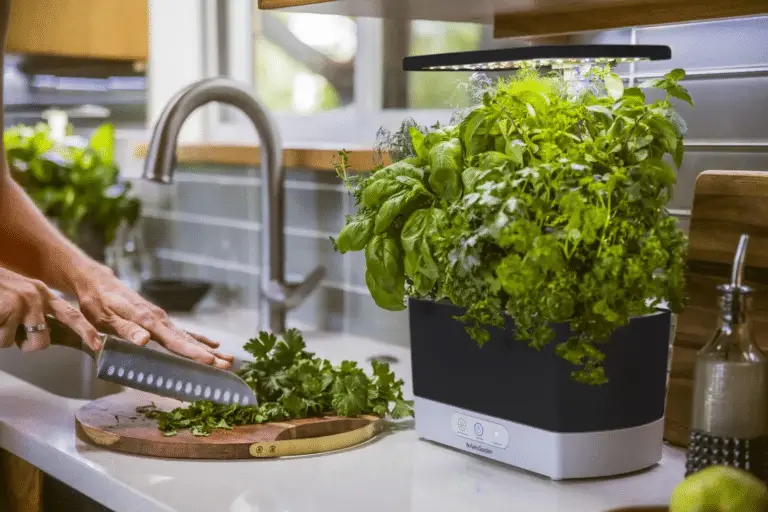Are you considering making the switch to induction cooktops but unsure about their safety features? In this blog post, we will delve into the world of induction cooktops – from how they work using electromagnetic induction to their built-in safety features like automatic switches and cool surfaces.
We will also compare their safety with traditional gas and electric cooktops, and discuss important considerations and precautions to keep in mind. Let’s explore the safety of induction cooktops together!
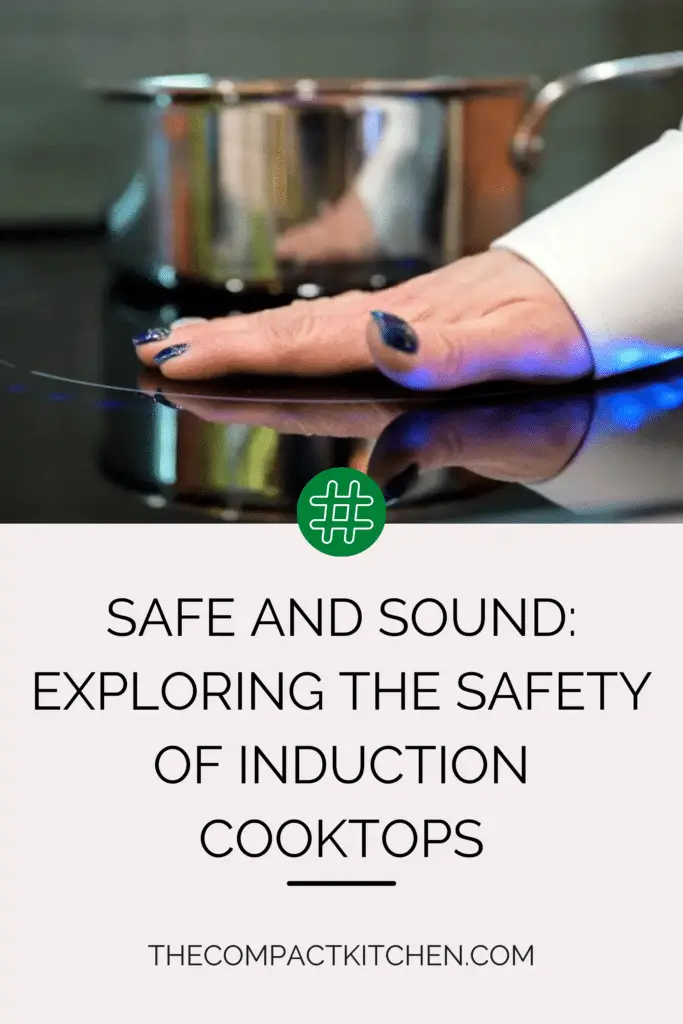
Introduction to Induction Cooktops
Induction cooktops have revolutionized the way we cook in our kitchens, offering a safer and more efficient alternative to traditional gas and electric cooktops. These sleek and modern appliances use electromagnetic induction technology to heat cookware directly, without the need for open flames or heating elements.
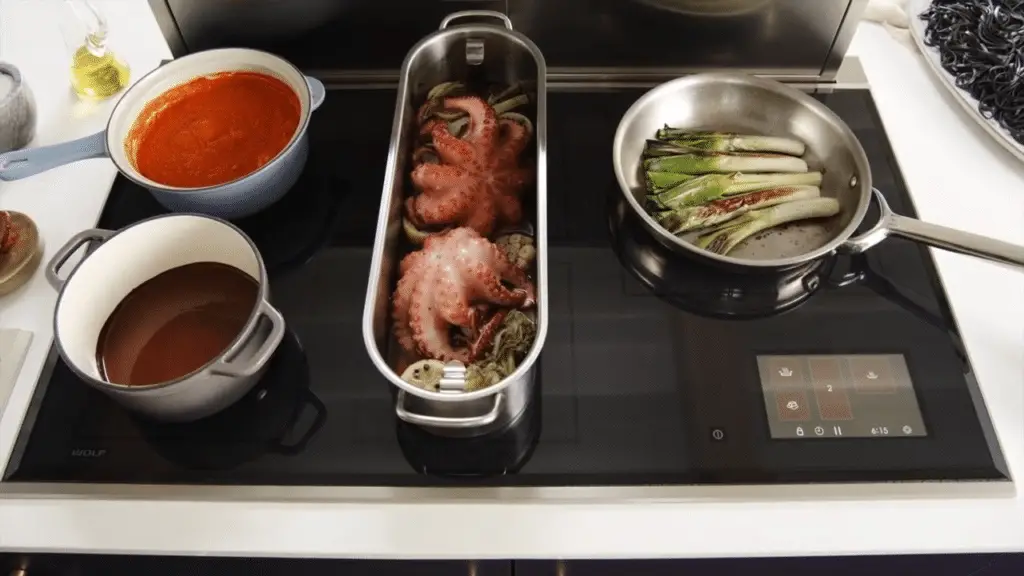
Originating in Europe, induction cooktops have gained popularity worldwide for their rapid heating capabilities and energy efficiency. As more and more households embrace this innovative technology, it’s essential to understand how these cooktops work and why they are considered safe for everyday use.
Understanding what Induction Cooktops are
At the core of an induction cooktop is a coil of copper wire that produces a magnetic field when an electric current passes through it. When a compatible pot or pan is placed on the cooktop, the magnetic field induces a current in the cookware, generating heat directly in the vessel.
This process allows for precise and immediate control over cooking temperatures, making induction cooktops a favorite among home cooks and professional chefs alike.
Brief History and Popularity of Induction Cooktop Technology
Although induction cooking technology has been around for decades, it has only recently gained widespread popularity due to advancements in design and affordability.
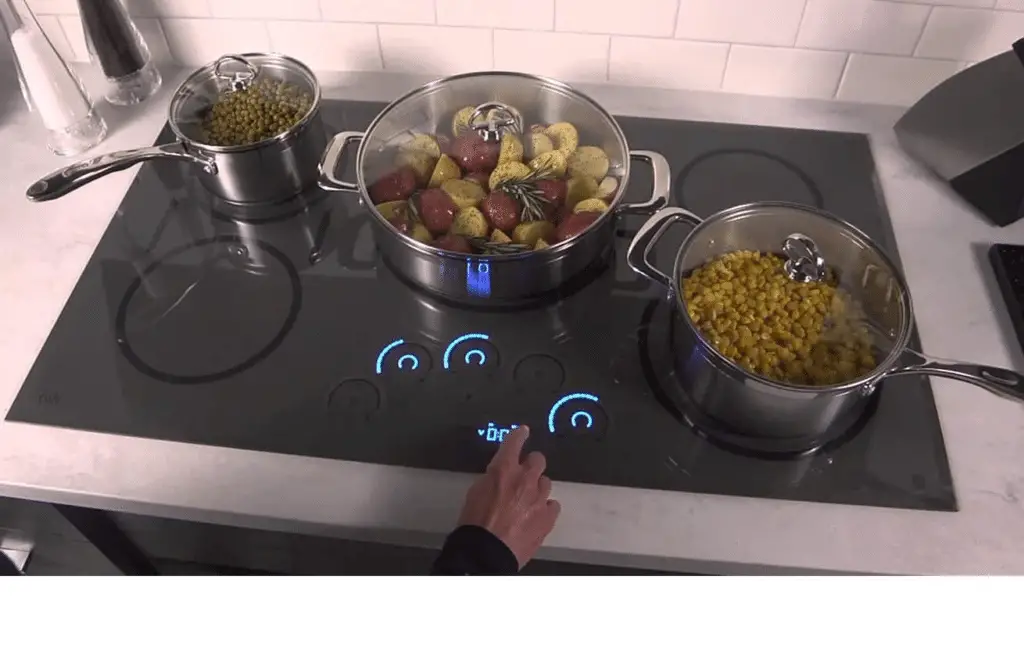
In countries like Germany and Japan, induction cooktops have long been the preferred choice for their safety, speed, and energy efficiency. With consumers becoming more conscious of their environmental footprint, induction cooktops have become the go-to option for eco-friendly cooking.
How Induction Cooktops Work
Induction cooktops are a modern marvel in kitchen technology, harnessing the power of electromagnetic induction to heat pots and pans directly. This process involves generating a magnetic field that induces a current in compatible cookware, creating heat efficiently and quickly. Unlike traditional gas or electric cooktops, there are no open flames or heating elements involved, making them incredibly safe to use.
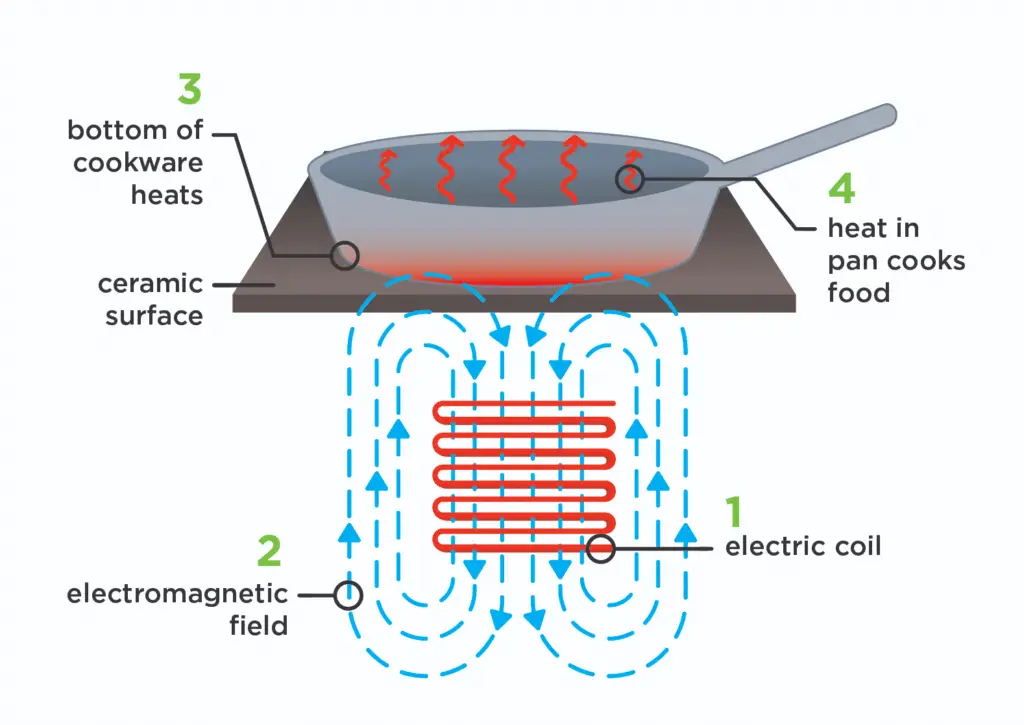
One of the key advantages of induction cooktops is their precise control over temperatures, allowing for more accurate cooking. The heat is generated directly in the pan, which means the cooktop surface remains cool to the touch during operation. This feature not only minimizes the risk of burns but also prevents accidental fires due to contact with hot surfaces.
Contribution to Safety
Induction cooktops are designed with safety in mind, featuring built-in mechanisms such as automatic switches that turn off the cooktop if no induction-compatible cookware is detected. Additionally, many models come equipped with child lock systems to prevent accidental or unauthorized use. These safety features not only protect users from burns and injuries but also offer peace of mind when cooking in a busy kitchen environment.

Furthermore, the cleanliness factor of induction cooktops contributes to safety by reducing the risk of grease fires. Since the cooking surface is smooth and flat, spills and splatters are easily wiped away, preventing buildup that could ignite and cause a fire. This easy maintenance not only enhances kitchen hygiene but also minimizes the potential hazards associated with traditional cooktops.
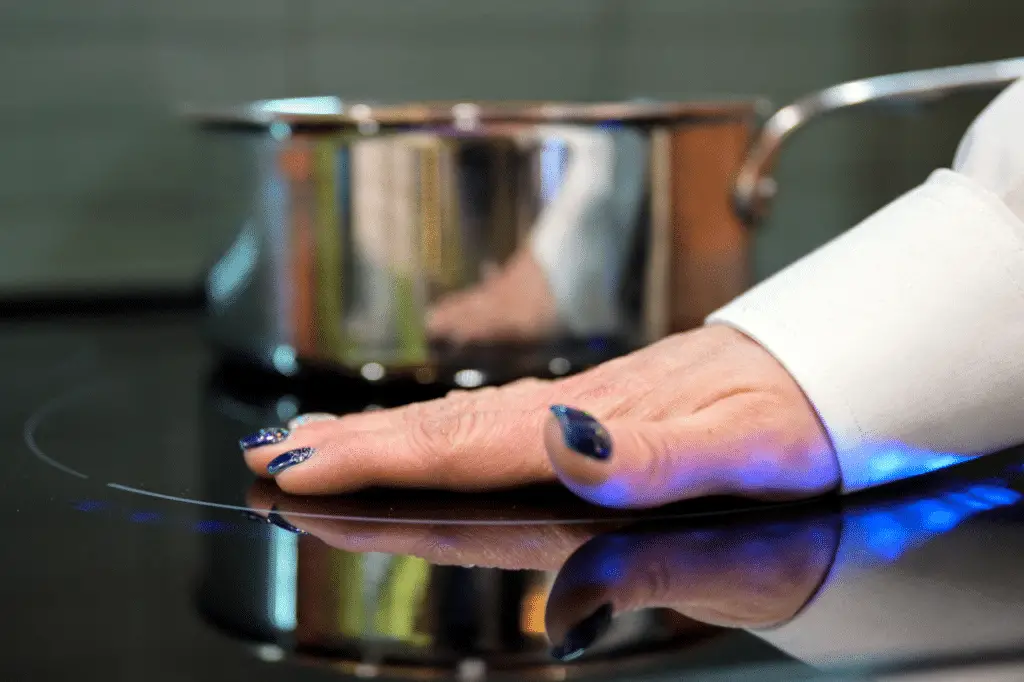
In conclusion, the innovative technology behind induction cooktops not only provides efficient cooking but also prioritizes safety. With their advanced features and smart design, these cooktops offer a reliable and secure option for home chefs looking for a safer cooking experience.
Potential Safety Features of Induction Cooktops
When it comes to the safety of your kitchen appliances, induction cooktops offer a range of built-in features that set them apart from traditional gas and electric cooktops. Let’s dive into some of the key safety features that make induction cooktops a popular choice among homeowners.
Automatic Switches and Child Lock Systems
One of the standout safety features of induction cooktops is the presence of automatic switches that turn off the cooktop when no cookware is detected. This not only prevents overheating but also reduces the risk of accidental burns or fires.

Additionally, many induction cooktop models come equipped with child lock systems, adding an extra layer of safety especially in households with young children. These features give you peace of mind knowing that your cooktop is designed with safety as a top priority.
Cool Surface Technology
Unlike gas or electric cooktops that heat up the cooking surface directly, induction cooktops utilize electromagnetic induction to heat the cookware placed on top. This means that the cooktop surface remains cool to the touch even while in use, significantly reducing the risk of burns from accidental contact.
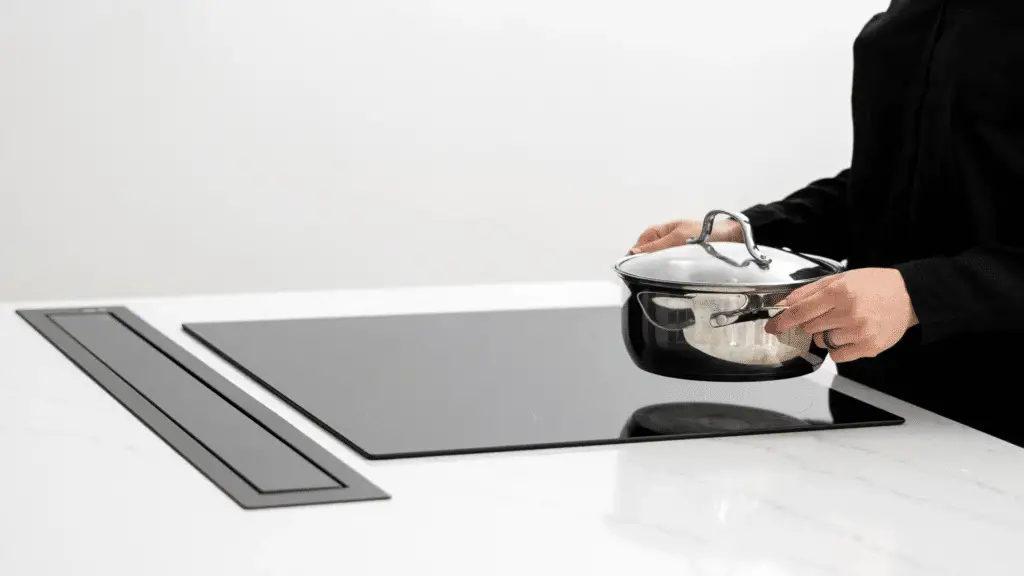
Whether you accidentally brush against the cooktop while cooking or if curious little hands decide to explore, the cool surface technology of induction cooktops provides added safety in the kitchen.
Cleanliness and Decreased Risk of Fires
Induction cooktops have a flat surface that is quick and easy to clean, minimizing the buildup of food debris and grease that can pose a fire hazard. Compared to gas cooktops with open flames or electric cooktops with heating elements, induction cooktops eliminate the risk of food particles catching fire on the surface. This not only makes cleaning up after cooking a breeze but also reduces the likelihood of kitchen fires, making them a safe choice for your home.
Comparing Induction Cooktops with Gas and Electric Cooktops
When it comes to choosing the right cooktop for your kitchen, safety is often a top priority. Induction cooktops have gained popularity in recent years due to their efficiency and safety features. Let’s take a closer look at how induction cooktops compare to traditional gas and electric cooktops in terms of safety.
Safety Assessment
One of the key advantages of induction cooktops is their safety features. Unlike gas stoves that rely on open flames or electric cooktops with exposed heating elements, induction cooktops use electromagnetic induction to heat the cookware directly. This means that the surface of the cooktop remains cool to the touch, reducing the risk of burns from accidental contact.
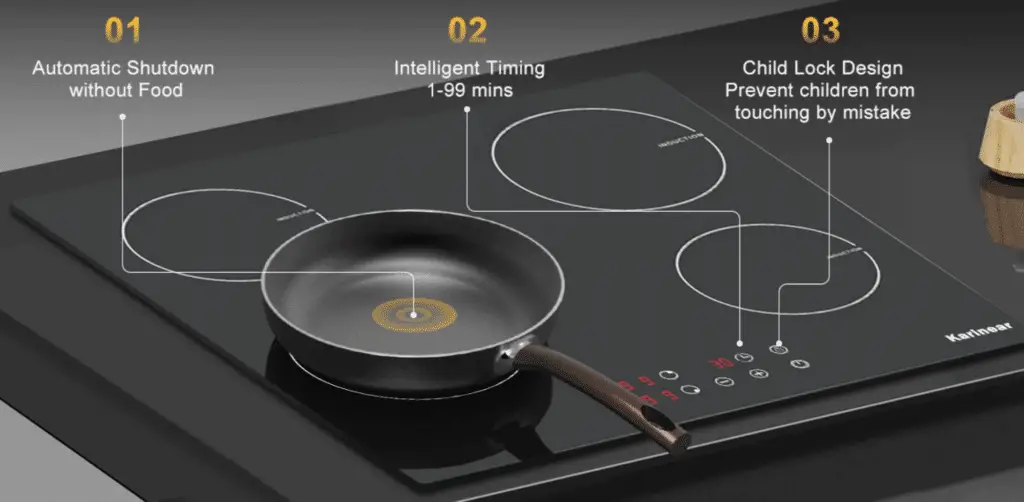
In terms of fire safety, induction cooktops also have an edge over gas and electric cooktops. Since there are no open flames or hot surfaces, the risk of accidental fires is significantly reduced. Additionally, induction cooktops often come with built-in safety features such as automatic switches and child lock systems to prevent any potential accidents.
Risk Reduction
Compared to gas stoves, induction cooktops offer a lower risk of burns and fire incidents. Gas stoves can pose a danger due to open flames and the potential for gas leaks. In contrast, induction cooktops only heat the cookware, so there is less risk of accidental burns or fires spreading.
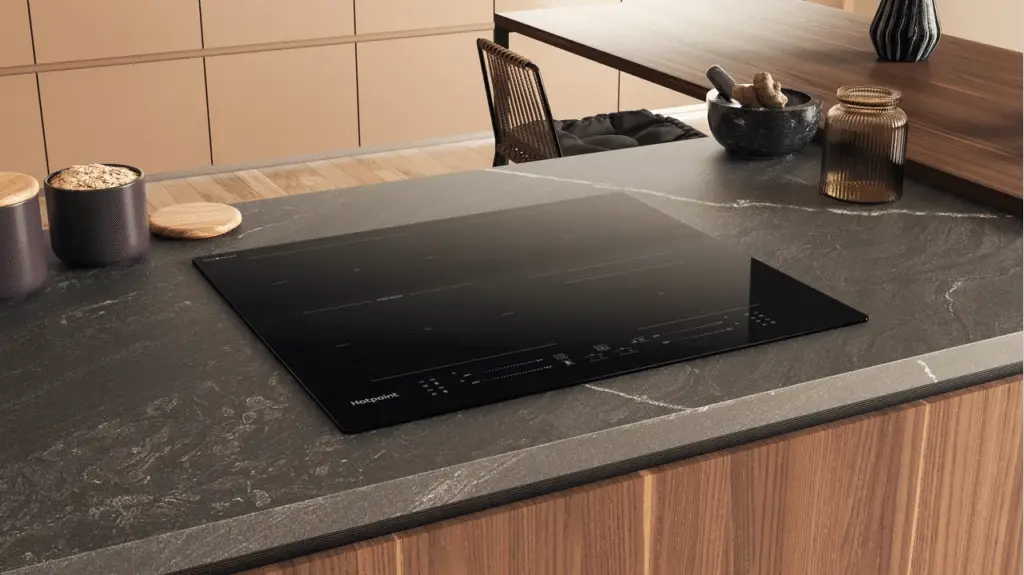
Similarly, when compared to electric cooktops, induction cooktops offer a safer cooking experience. Electric cooktops can retain heat even after they are turned off, increasing the risk of burns. Induction cooktops, on the other hand, cool down quickly once the cookware is removed, minimizing the risk of accidental injuries.
In conclusion, when it comes to safety, induction cooktops outshine traditional gas and electric cooktops. With their innovative technology and built-in safety features, induction cooktops provide a safer and more efficient cooking experience for users.
Considerations and Precautions with Induction Cooktops
When it comes to using induction cooktops, there are a few important considerations and precautions to keep in mind to ensure safety and efficiency in the kitchen.
Compatible Cookware for Induction Cooktops
One key consideration when using an induction cooktop is the type of cookware you use. Unlike traditional gas or electric cooktops, induction cooktops require specific types of pots and pans that are made of ferrous materials such as cast iron or magnetic stainless steel. This is because induction cooktops rely on electromagnetic induction to heat the cookware, and non-compatible cookware will not work effectively or may not work at all.
Before purchasing new cookware for your induction cooktop, make sure to check if the bottom of the pots and pans are labeled as “induction compatible” or if they have a magnetic base. Using the right cookware will not only ensure even cooking but also prevent damage to your induction cooktop.
Electromagnetic Field (EMF) Exposure
One common concern about induction cooktops is the potential exposure to electromagnetic fields (EMF) while using them. While it is true that induction cooktops generate EMF during operation, studies have shown that the levels of EMF emitted are well below the safety limits set by regulatory bodies. However, if you are still concerned about EMF exposure, there are a few precautions you can take, such as maintaining a safe distance from the cooktop while it is in use and limiting the amount of time spent standing directly in front of it.
Additional Precautions for Safe Induction Cooktop Use
In addition to using compatible cookware and being mindful of EMF exposure, there are a few other precautions you can take to ensure the safe use of your induction cooktop. One important tip is to always keep the cooktop surface clean and free of any spills or debris, as this can prevent accidental burns and fires. It is also recommended to avoid placing any flammable materials near the cooktop while it is in use and to never leave it unattended while cooking.
By following these considerations and precautions, you can enjoy the convenience and efficiency of cooking with an induction cooktop while ensuring the safety of yourself and your kitchen environment.
Wrapping It Up: Are Induction Cooktops Safe to Use?
In conclusion, induction cooktops offer a safe and efficient cooking experience with their innovative technology and built-in safety features. Compared to traditional gas and electric cooktops, they pose a lower risk of burns and fire incidents. Remember to use compatible cookware, be mindful of EMF exposure, and follow precautions for optimal safety. Stay safe, cook with confidence, and enjoy the benefits of induction cooking in your kitchen!







